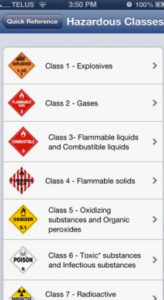6. Computing
6.2. Presentational Features

Presentation is not really where the educational strength of computing lies. It can represent text and audio reasonably well, and video less well, because of the limited size of the screen (and video often has to share screen space with text), and the bandwidth/pixels/download time required. Screen size can be a real presentational limitation with smaller, mobile devices, although tablets such as the iPad are a major advance in screen quality.
However, unlike the other media, computing enables the end-user to interact directly with the medium, to the extent that the end-user (in education, the student) can add to, change or interact with the content, at least to a certain extent. Also, more controversially, computing can automatically collect end-user responses for analytics. In this sense, computing comes closer to a complete, if virtual, learning environment.
Thus in presentational terms computing can be used to:
- Create and present original teaching content in a rich and varied way (using a combination of text, audio, video, and webinars).
- Enable access to other sources of secondary ‘rich’ content through the Internet.
- Enable students to communicate both synchronously and asynchronously with the instructor and other students.
- Structure and manage content through the use of web sites, learning management systems, video servers, and other similar technologies.
- Create virtual worlds or virtual environments/contexts through technology such as animations, simulations, augmented or virtual reality, and serious games.
- Set multiple-choice tests, automatically mark such tests and provide immediate feedback to learners.
- Enable learners digitally to submit written (essay-type), or multimedia (project-based) assignments through the use of e-portfolios.
